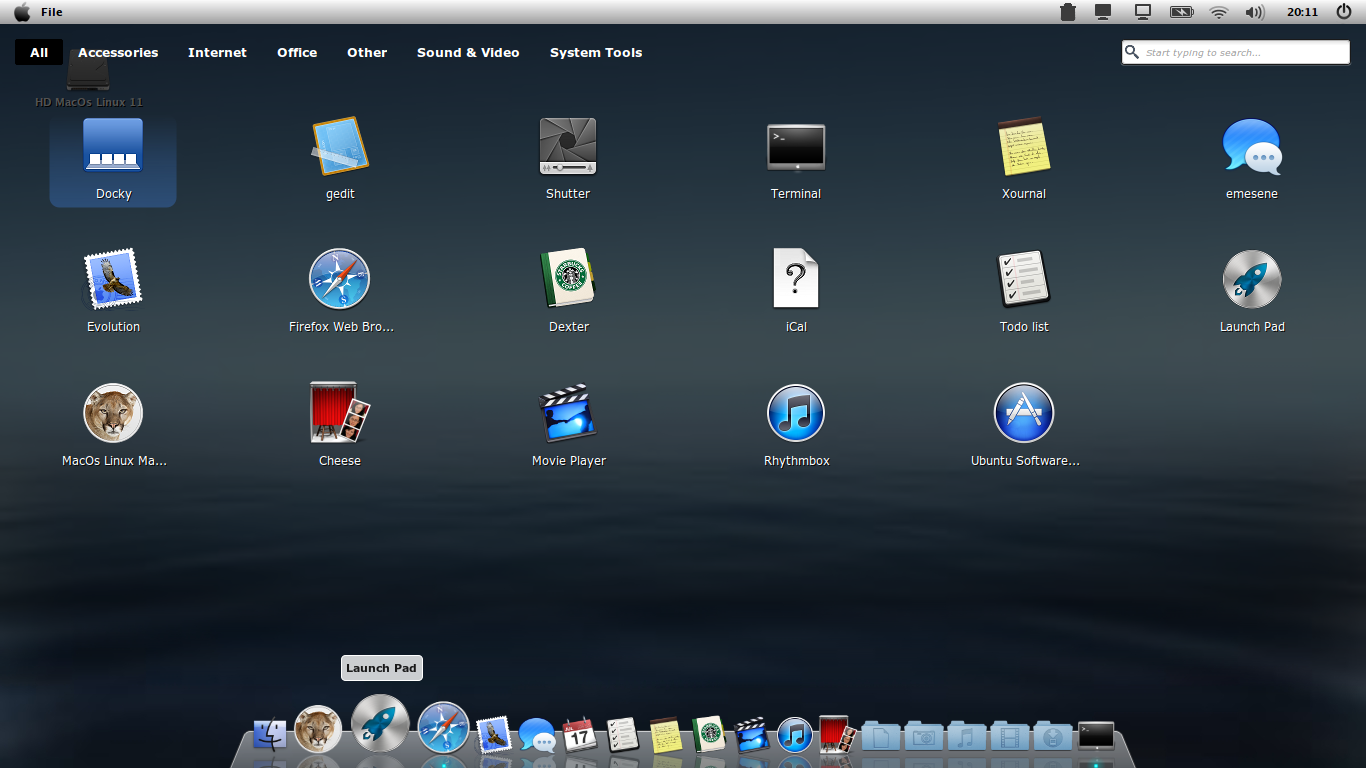
You can have multiple windows inside a Screen session. When you start a new screen session, it creates a single window with a shell in it. It’s always a good idea to choose a descriptive session name.

To create a named session, run the screen command with the following arguments: screen -S session_name Named sessions are useful when you run multiple screen sessions. Now that you have opened a screen session, you can get a list of commands by typing: This will open a screen session, create a new window, and start a shell in that window. To start a screen session, simply type screen in your console: screen
#Screenie linux install
Install Linux Screen on Ubuntu and Debian # sudo apt update sudo apt install screen Install Linux Screen on CentOS and Fedora # sudo yum install screen Starting Linux Screen # If you don’t have screen installed on your system, you can easily install it using the package manager of your distro. You can check if it is installed on your system by typing: screen -version Screen version 4.06.02 (GNU) 23-Oct-17 The screen package is pre-installed on most Linux distros nowadays. Processes running in Screen will continue to run when their window is not visible even if you get disconnected.

In other words, it means that you can start a screen session and then open any number of windows (virtual terminals) inside that session. Screen or GNU Screen is a terminal multiplexer. Well, it has happened to all of us at some point, hasn’t it? Luckily, there is a utility called screen that allows us to resume the sessions.

Have you ever faced the situation where you perform a long-running task on a remote machine, and suddenly your connection drops, the SSH session is terminated, and your work is lost.


 0 kommentar(er)
0 kommentar(er)
